Traduzione generata automaticamente
Mostra originale
Mostra traduzione
Gaston Orellana is a Spanish artist born in Valparaíso, Chile, in 1933. Son of an Andalusian mother and father from a family of the ancient aristocracy of Extremadura, Trujillo. Being internationally recognized, the most important among his works to date; “El Tren en llamas” (New York, 1960) is in the Hirshhorn Museum and Sculpture Garden, Washington, DC. Orellana participated in the Spanish pavilion of the XXXV Venice Biennale in 1970. Currently an important triptych, of great value, is now part of the collection of contemporary art of the Vatican. Between 1959 until the mid-1960s, when Orellana reached maturity as a painter, then identified the first generation of her art. In Madrid, he promotes the development, with the painters forming the “Hondo” group, of the “new figuration”. He then paints in the confluence of informal abstraction on the one hand, and in the manner of an existential figuration, which others call mystical on the other. For the artist, it is a period of amalgamation, which produces rebellious and even almost extravagant images. In New York, in the pictorial tribalism of this city where the painter achieved success, first of all within the framework of the already entrenched vangards, already become classics, found under the management of Martha Jackson, thanks to the harmonious beauty of his paintings, to their European canon. In the mid-1970s Orellana broke with old balances and rose to the level of making collages of different styles that were being developed in the United States; in the 1980s, between Italy and New York, far from being exhausted, it is booming. with the series of paintings entitled "Bronx", Orellana penetrates to the heart of his work: he builds this one according to a conceptual foundation. Emerging concepts, which would already take full life in the 1990s, begin to come into play: it is the fruits of the long archaeological journey in the Andes which brought him to Peru, Bolivia and Argentina in 1958; as well as a "musicality absent from all lines", as the Italian critic Tommaso Trini had written, and finally the graffiti on the oil painting; eternal lesson brought by archaeological ceramics, more present in the reflection of concrete and modern gesturality which accounts for this exceptional "impetus" (using the same words of James Johnson Sweeney) which characterizes his work. During the last exhibitions (Milan, Taipei, Caceres) we discover in him an artist in full creative maturity following a line now far removed from his neo-figurative origins. Archivo Gastón Orellana, founded in 2018, is the organization responsible for the preservation, protection, authentication, catalog and dissemination of the artistic and intellectual work of Gaston Orellana.
Gaston Orellana è un artista spagnolo nato a Valparaíso, in Cile, nel 1933. Figlio di madre andalusa e padre proveniente da una famiglia dell'antica aristocrazia dell'Estremadura, Trujillo. Riconosciuto a livello internazionale, la sua opera più importante, "El Tren en llamas" (New York, 1960), si trova all'Hirshhorn Museum and Sculpture Garden di Washington. Orellana ha partecipato al padiglione spagnolo della XXXV Biennale di Venezia nel 1970. Attualmente un importante trittico, di grande valore, fa parte della collezione di arte contemporanea del Vaticano. Tra il 1959 e la metà degli anni Sessanta, quando Orellana raggiunge la maturità pittorica, si identifica la prima generazione della sua arte. A Madrid promuove lo sviluppo, con i pittori che formano il gruppo "Hondo", della "nuova figurazione". Dipinge quindi alla confluenza dell'astrazione informale, da un lato, e alla maniera di una figurazione esistenziale, che altri chiamano mistica, dall'altro. Per l'artista è un periodo di amalgama, che produce immagini ribelli e persino quasi stravaganti. A New York, nel tribalismo pittorico di questa città, dove il pittore raggiunge il successo, innanzitutto nell'ambito di vangarde già radicate, già diventate classiche, si ritrova sotto la direzione di Martha Jackson, grazie alla bellezza armoniosa dei suoi dipinti, al loro canone europeo. A metà degli anni Settanta Orellana rompe con i vecchi equilibri e si eleva a realizzare collage di stili diversi che si stavano sviluppando negli Stati Uniti; negli anni Ottanta, tra l'Italia e New York, lungi dall'esaurirsi, è boom. con la serie di dipinti intitolata "Bronx", Orellana penetra nel cuore del suo lavoro: lo costruisce secondo una base concettuale. Cominciano a entrare in gioco concetti emergenti, che prenderanno piena vita già negli anni Novanta: i frutti del lungo viaggio archeologico sulle Ande che lo ha portato in Perù, Bolivia e Argentina nel 1958; ma anche una "musicalità assente da tutte le linee", come ha scritto il critico italiano Tommaso Trini, e infine i graffiti sulla pittura a olio; l'eterna lezione portata dalla ceramica archeologica, più presente nel riflesso della gestualità concreta e moderna che rende conto di questo eccezionale "impeto" (usando le stesse parole di James Johnson Sweeney) che caratterizza il suo lavoro. Nelle ultime mostre (Milano, Taipei, Caceres) scopriamo in lui un artista in piena maturità creativa che segue una linea ormai lontana dalle sue origini neofigurative. L'Archivo Gastón Orellana, fondato nel 2018, è l'organizzazione responsabile della conservazione, protezione, autenticazione, catalogazione e diffusione dell'opera artistica e intellettuale di Gaston Orellana.
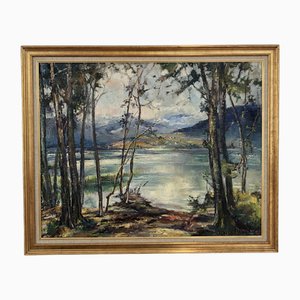

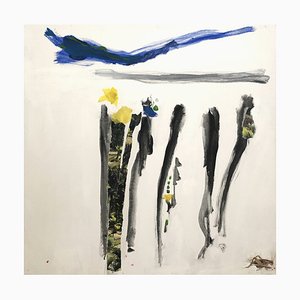
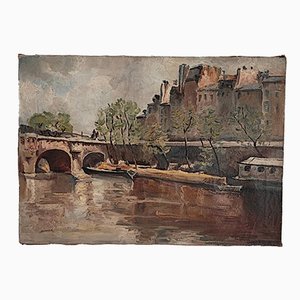
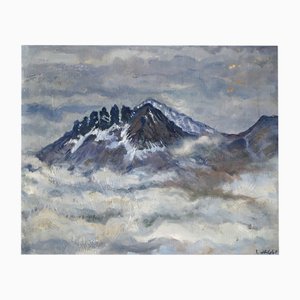

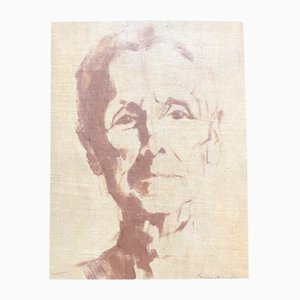




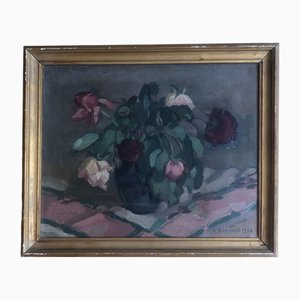
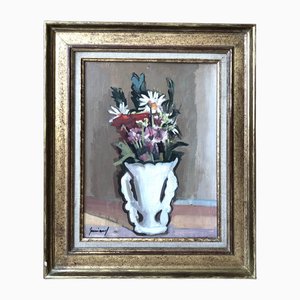
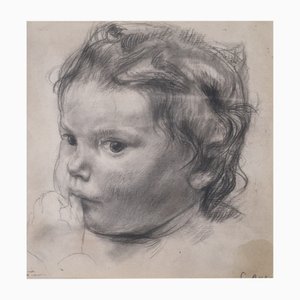
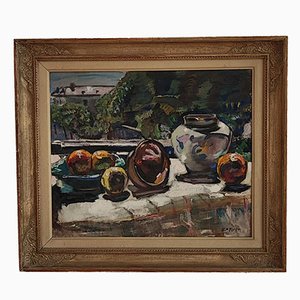
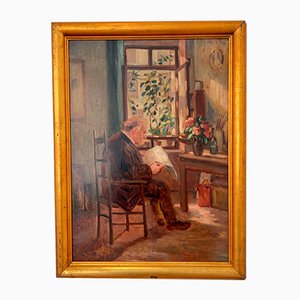
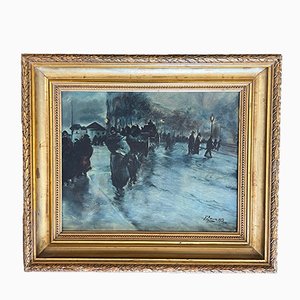


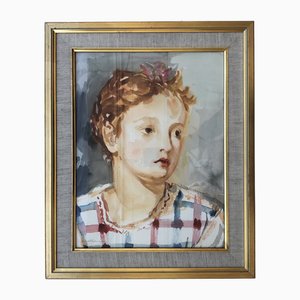
Contattaci
Fai un'offerta
Abbiamo notato che sei nuovo su Pamono!
Accetta i Termini e condizioni e l'Informativa sulla privacy
Contattaci
Fai un'offerta
Ci siamo quasi!
Per seguire la conversazione sulla piattaforma, si prega di completare la registrazione. Per procedere con la tua offerta sulla piattaforma, ti preghiamo di completare la registrazione.Successo
Grazie per la vostra richiesta, qualcuno del nostro team vi contatterà a breve.
Se sei un professionista del design, fai domanda qui per i vantaggi del Programma Commerciale di Pamono